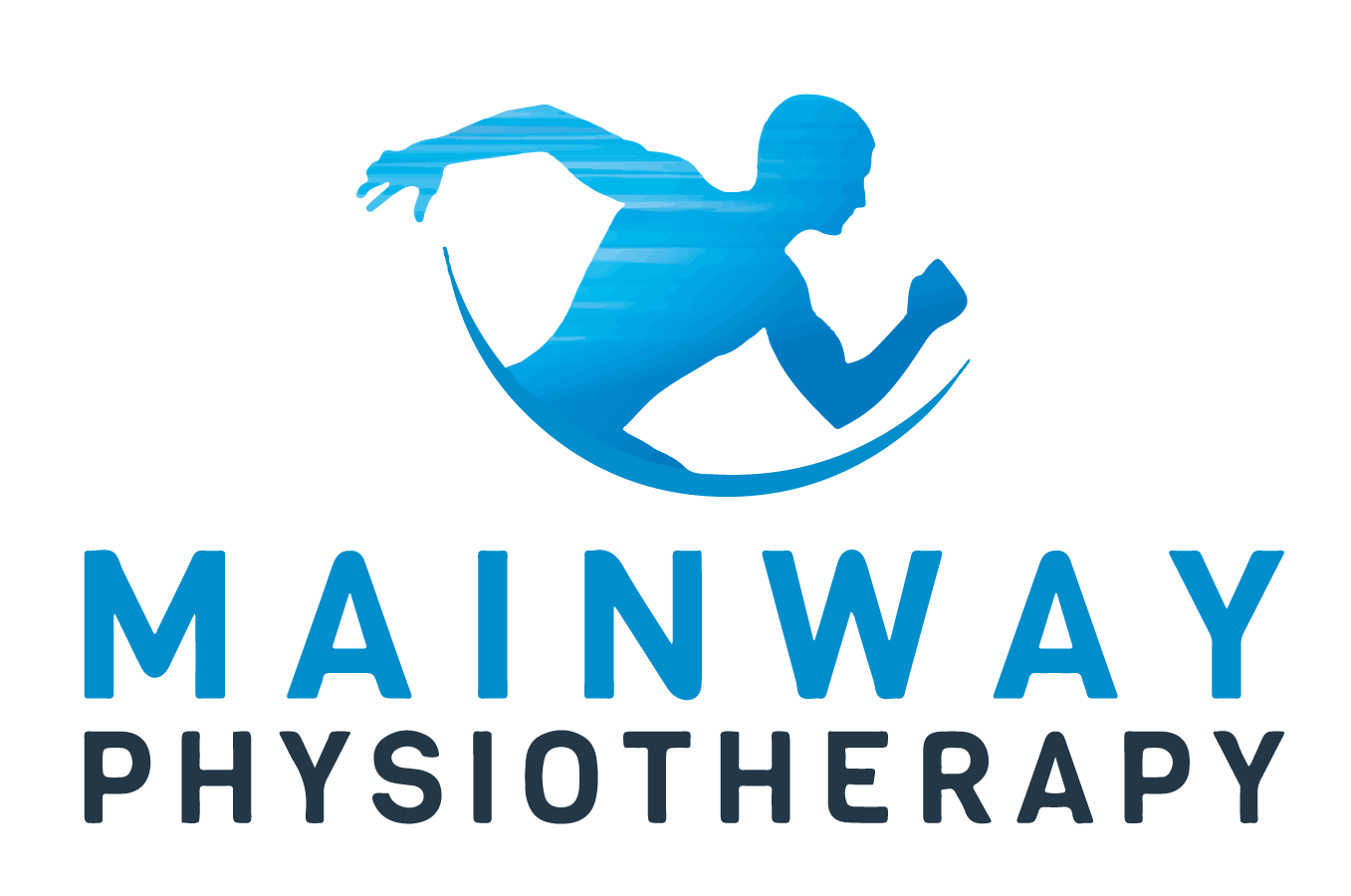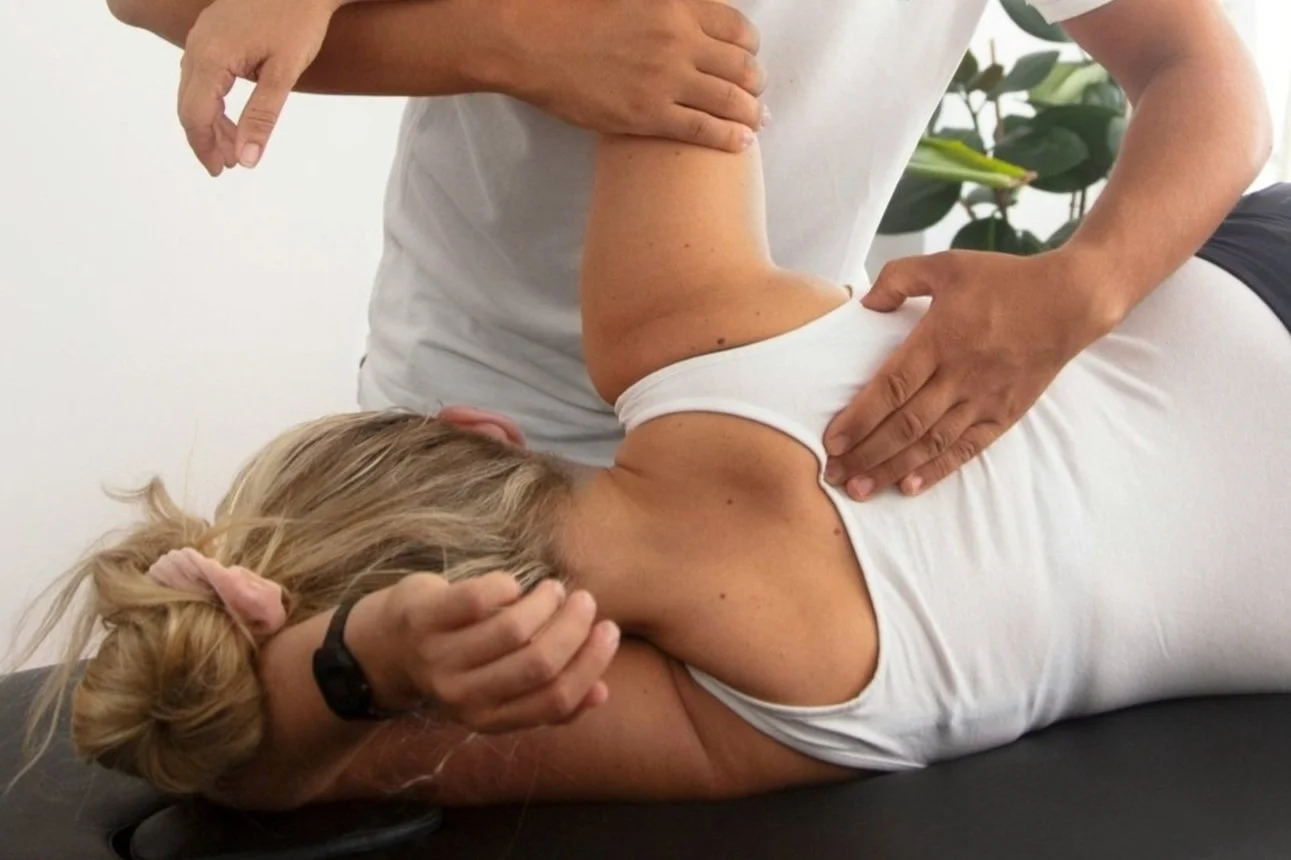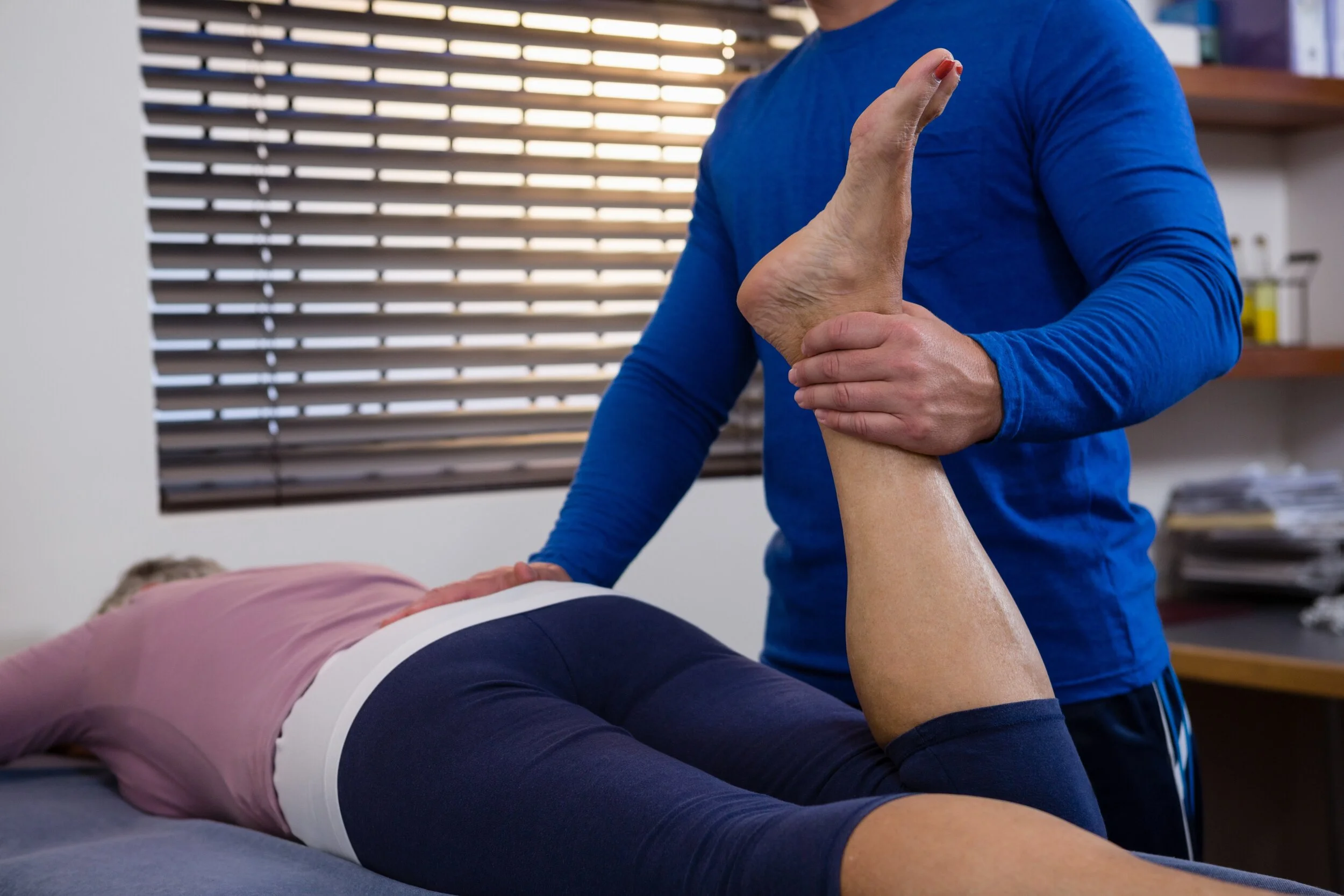What is Manual
Physiotherapy?
Manual Therapy involves skilled therapists using hands on techniques to mobilize or manipulate soft tissue or spinal and peripheral joints to help decrease pain caused by muscle spasms, myofascial restrictions or joint limitations.
Muscle Tension?
-
Neck Stiffness?
-
Joint Stiffness?
-
Muscle Pain?
-
Muscle Spasms?
-
Joint Pain?
-
Headaches?
-
Migraines?
-
Postural Problems?
-
Carpal Tunnel Syndrome?
-
Sports Injuries?
-
Joint Replacement?
-
Sciatica?
-
Muscle Tension? - Neck Stiffness? - Joint Stiffness? - Muscle Pain? - Muscle Spasms? - Joint Pain? - Headaches? - Migraines? - Postural Problems? - Carpal Tunnel Syndrome? - Sports Injuries? - Joint Replacement? - Sciatica? -
Conditions That Can be Treated with Manual Therapy
Neck pain (Muscle spasms, disc herniation)
Lower back pain (joint restrictions, spinal stenosis, disc herniation)
Spine pain and discomfort (Disc Herniation, spinal stenosis)
Migraines and chronic headaches
Shoulder pain (Rotator Cuff injury)
Hip pain (post-surgical hip replacement, myofascial hip pain)
Knee pain (post-surgical knee replacement, knee injuries, sports injuries, etc.)
Ankle pain (sprains, strains, arthritis, etc.)
Fibromyalgia
Manual Therapy is a Specialized Form of Physiotherapy
Therapists generally use their hands as opposed to a device or machine to offer relief.
This therapy involves a hands-on assessment and treatment techniques by a highly trained and skilled clinician. Manual therapy helps to reduce pain, improve movement and overall function using evidence-based techniques. Physiotherapists who have successfully completed a series of post-graduate manual courses are awarded the designation of becoming Fellows of the Canadian Academy of Manipulative Therapy (FCAMPT). Our very own, Andrew Hoermann was fortunate to receive this designation in 2008 and therefore became an FCAMPT certified physiotherapist.
How Does it Work?
Manual Therapy can help aid in releasing both tight muscles and restricted joints therefore helping patients regain mobility.Our techniques help to restore mobility, decrease pain, increase flexibility and help restore the natural movement in our bodies.
We provide many types of Manual Therapy such as:
- Soft tissue mobilization
- Vertebral and peripheral manipulation
- Myofascial release
- Joint mobilization
- Muscle Energy Techniques
- Maintaining long term back pain relief
Manual Therapy Can Offer Pain Relief for Chronic Back Pain
This therapy can aid in the treatment of joints that lack adequate mobility or range of motion in certain musculoskeletal conditions. Joint pain and limited mobility can cause discomfort, pain and overcompensation in other joints which can also add to overall pain.
Manual Therapy helps restore mobility thereby decreasing both the stiffness in the joints and tension in the muscles helping patients return to more natural movement with less pain.




